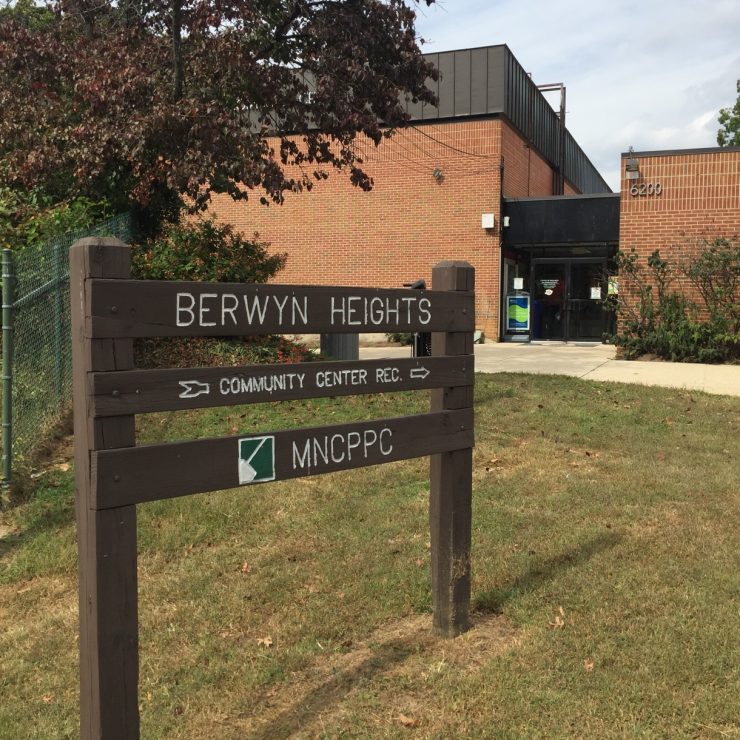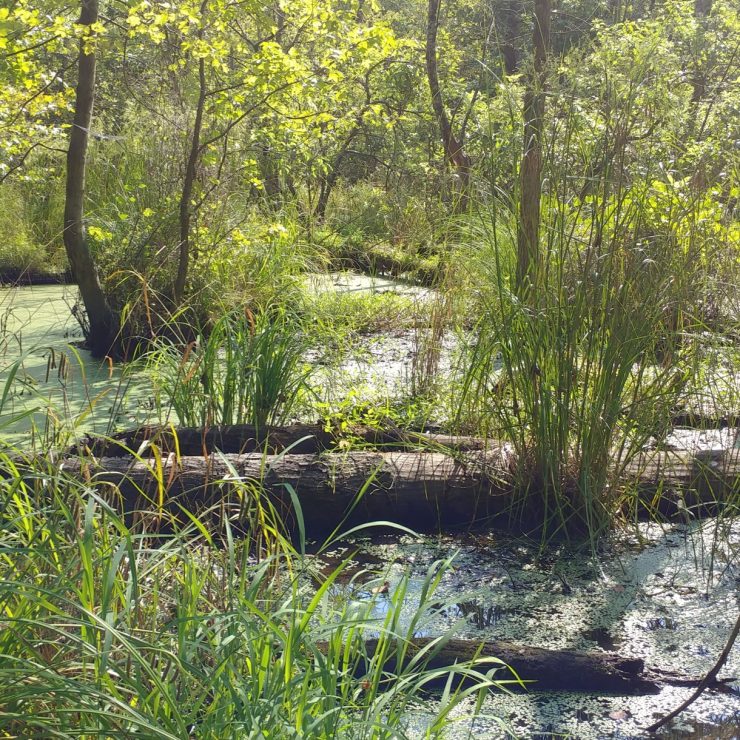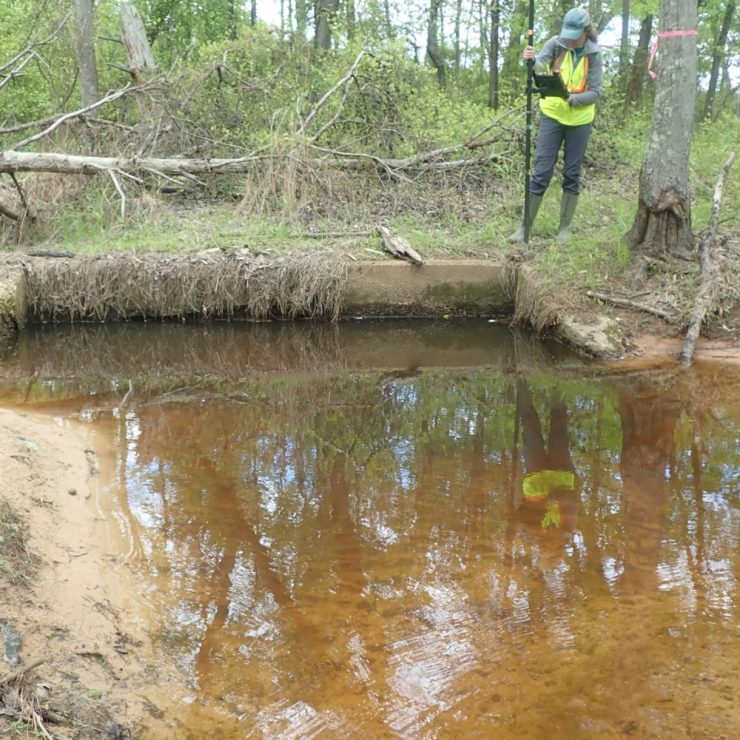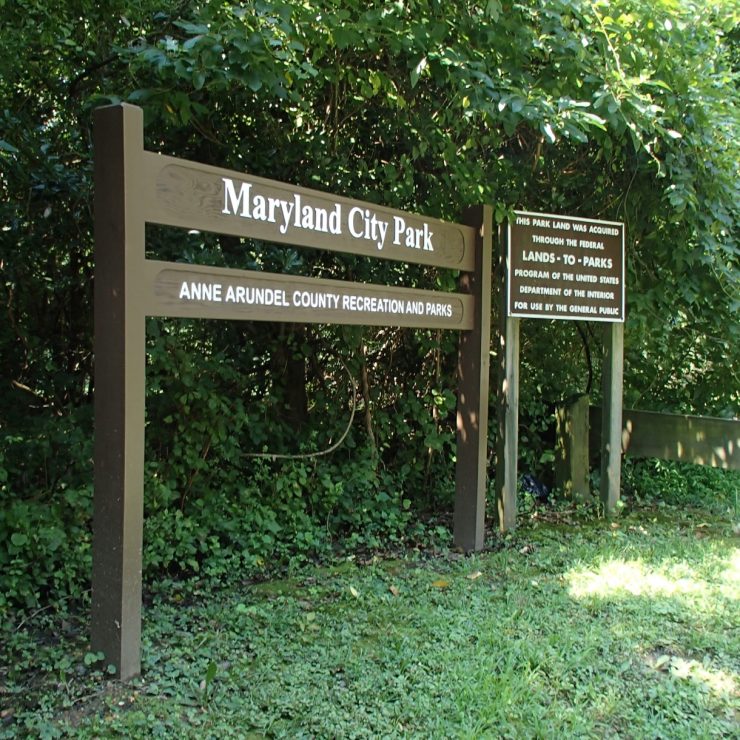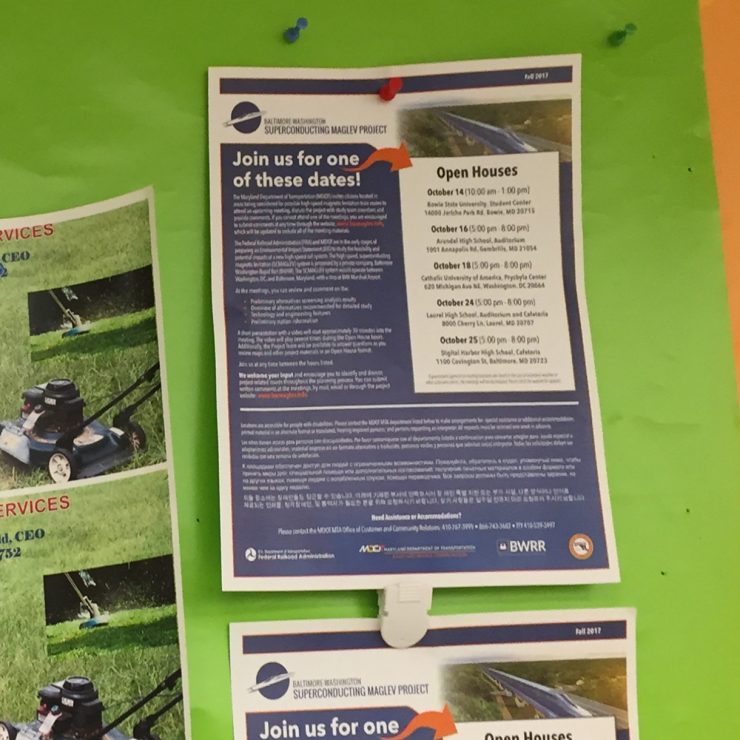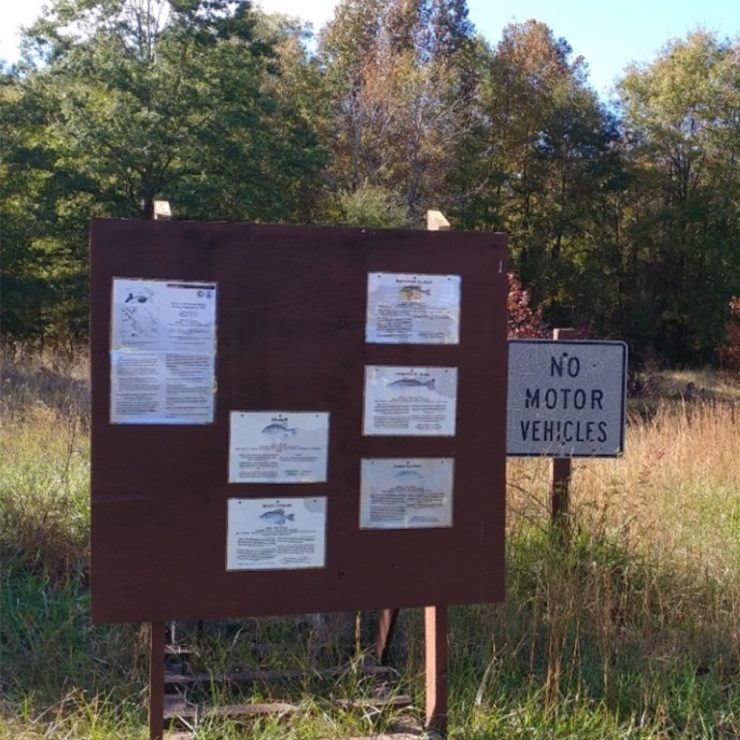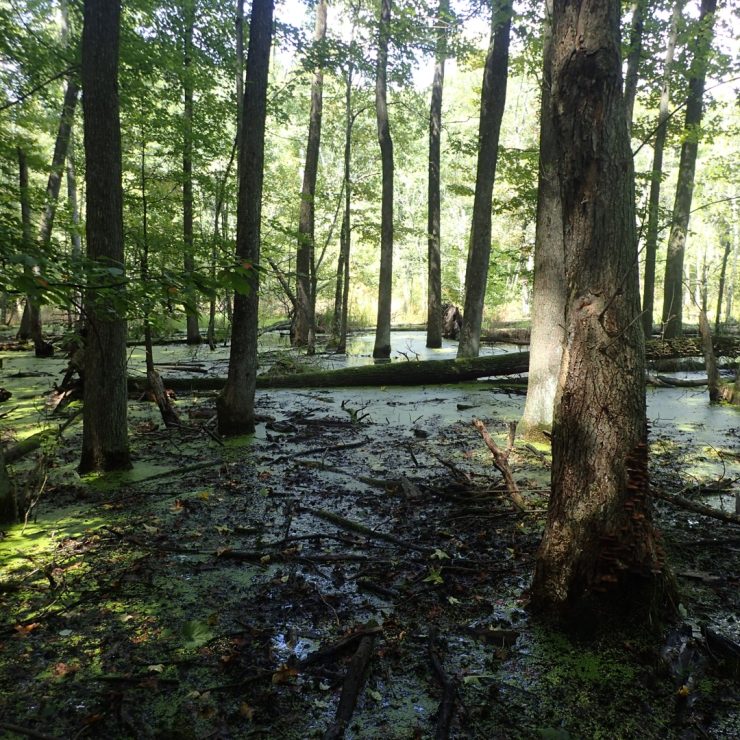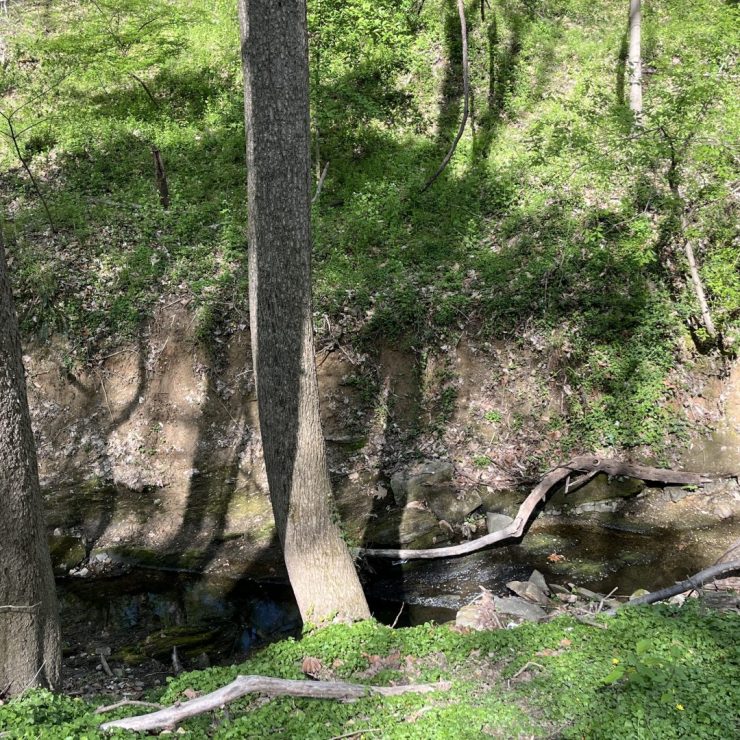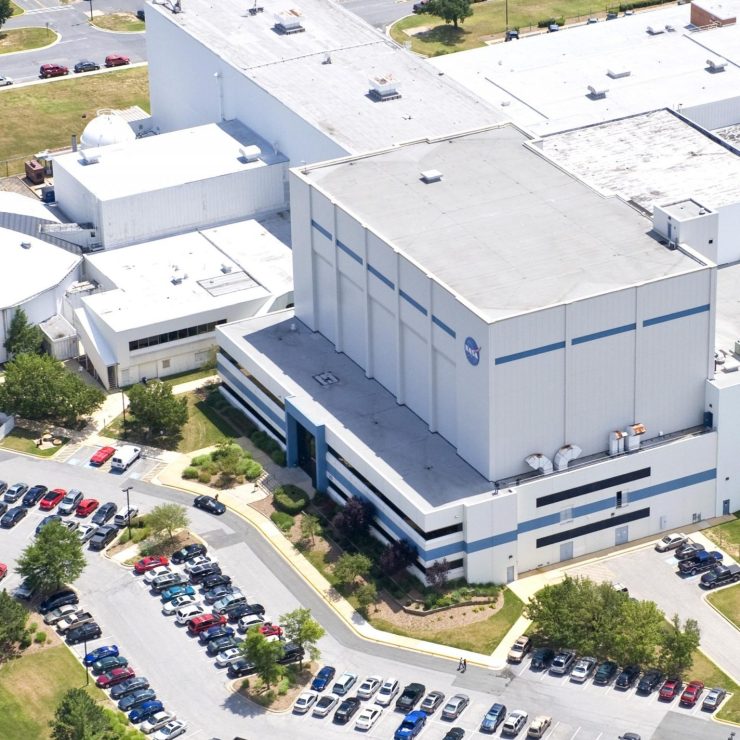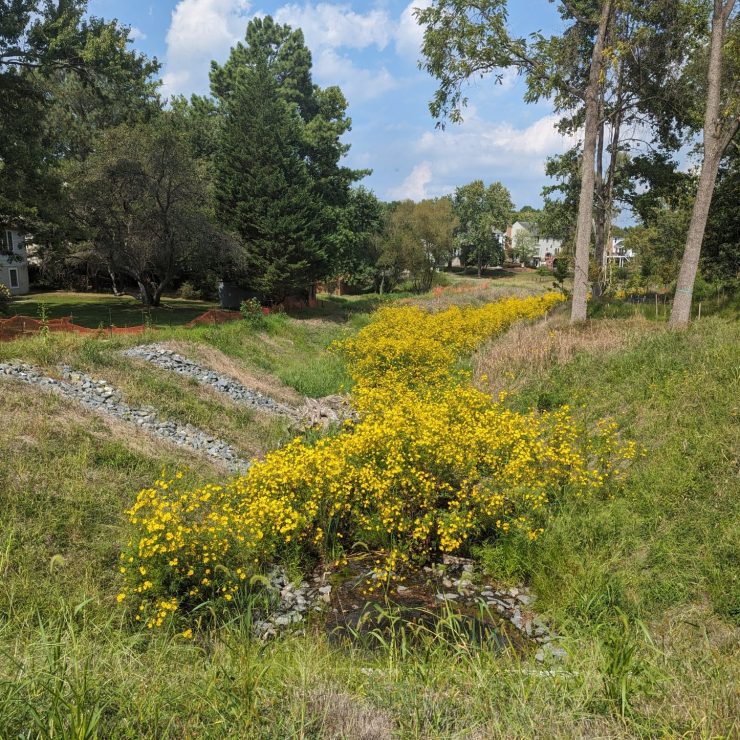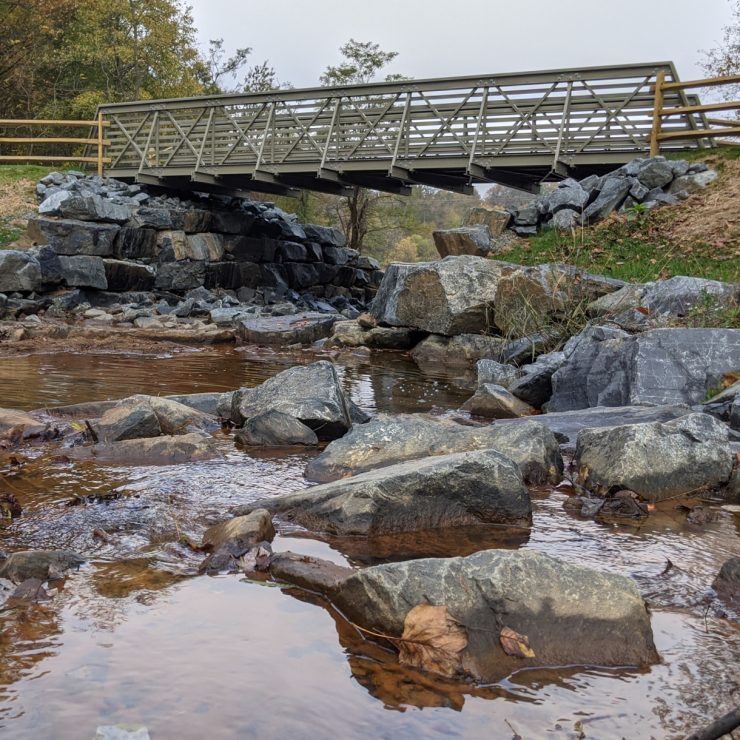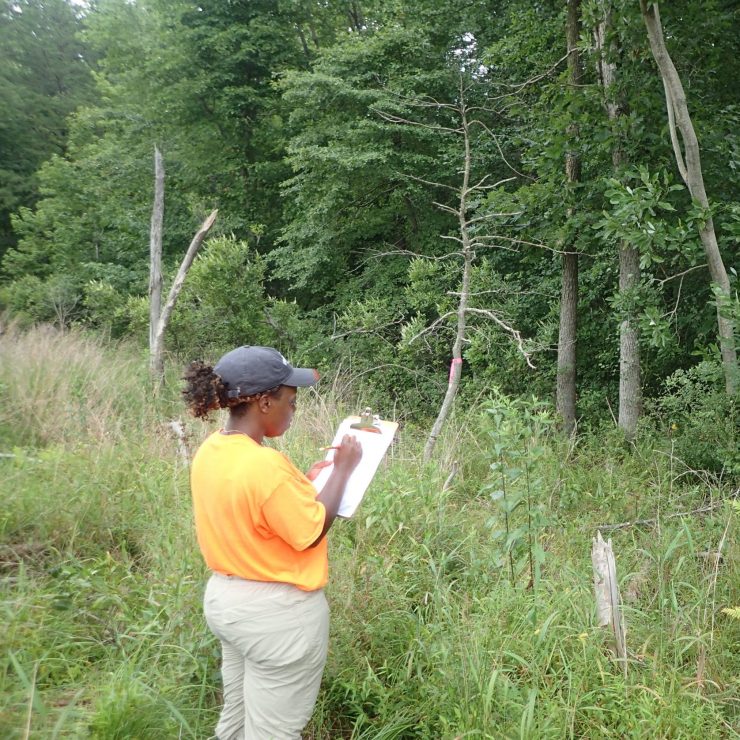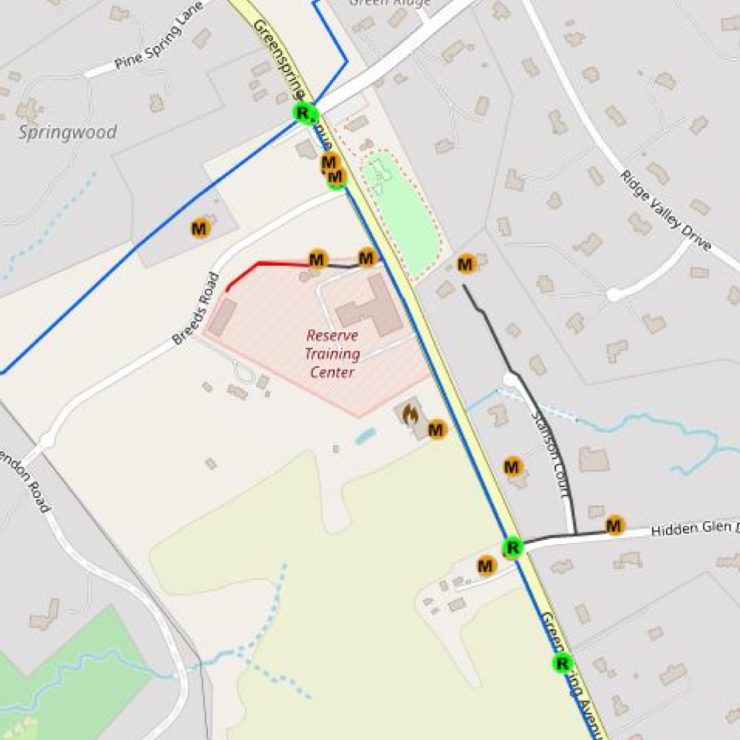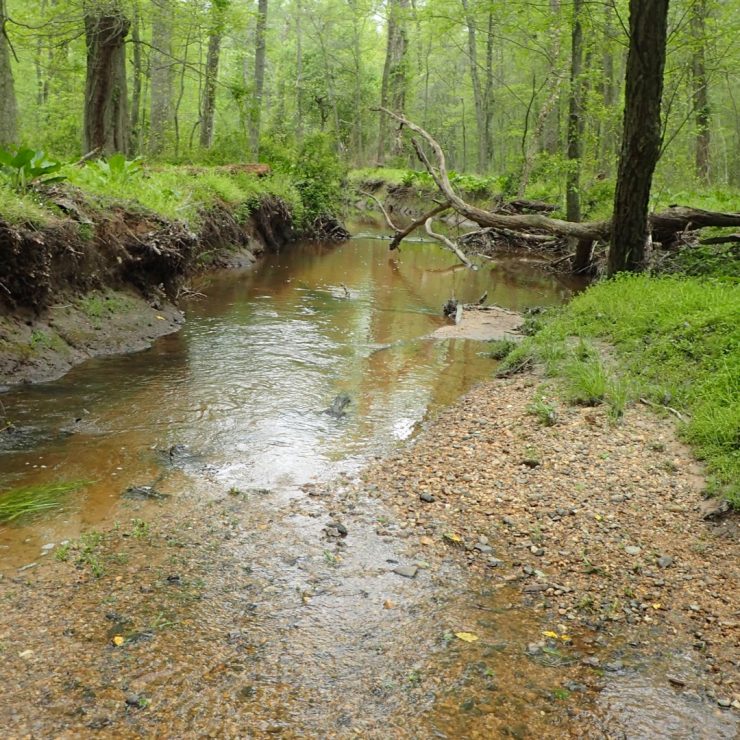Our Approach
The technology for high-speed magnetic levitation trains has been in Japan for many years and plans for its use have been studied in the United States. In fact, Straughan has worked on multiple iterations of plans for high-speed magnetic levitation train projects going back over 15 years! Currently, Straughan is part of a project team preparing an Environmental Impact Statement (EIS) to evaluate the potential impacts of constructing and operating the SCMAGLEV system with stations located in Washington, DC, Baltimore City, Maryland, and at BWI Marshall Airport. Straughan has supported the project by performing background research, environmental field investigations, impact analysis, and preparing sections of the EIS documentation. Our diverse array of services allows for us to provide support for multiple resource and regulatory areas.
The study area contains a number of natural features such as rivers, streams, old growth forests, and parklands and is home to numerous historical and culturally significant resources. Straughan has led and performed field investigations to assess habitat, to conduct forest stand and wetland delineations, to conduct Phase I and Phase II Archeology investigations, and to identify and inventory community facilities, parkland, and sites of potential environmental concern.
Noise levels associated with the SCMAGLEV can be a concern to neighboring property owners and an assessment of potential noise impacts was conducted. Straughan supported the team in the establishment of baseline existing noise levels by performing 23 separate 24-hour sound measurements along the study corridor.
The project study area is quite diverse in population make up, land uses, and housing types. The study area includes over 225,000 people with a range of races, ethnicities, ages, incomes, languages, and educational backgrounds. Straughan identified the 124 U.S. Census Block Groups within the study area and researched their demographic characteristics. Straughan identified potential Environmental justice population areas, which are typically defined as communities with minority and low-income populations. Members of these populations have historically been overlooked, left out, and in many instances, disproportionally impacted by major infrastructure projects. Straughan assessed the project area and identified concentrations of minority and low-income populations, as well as populations of non-native English speakers and areas with high usage of other languages.
Straughan assists the project team in effectively communicating the very unique, innovative transportation goals, key messages, environmental procedures, and preliminary impact considerations to the public. We have developed the Environmental Justice Outreach Strategy and provided input to the overall Agency and Public Involvement Plan, identified locations to disseminate project information and meeting announcements, and have provided subject matter experts staffing at multiple public meetings throughout the 40-mile corridor.


